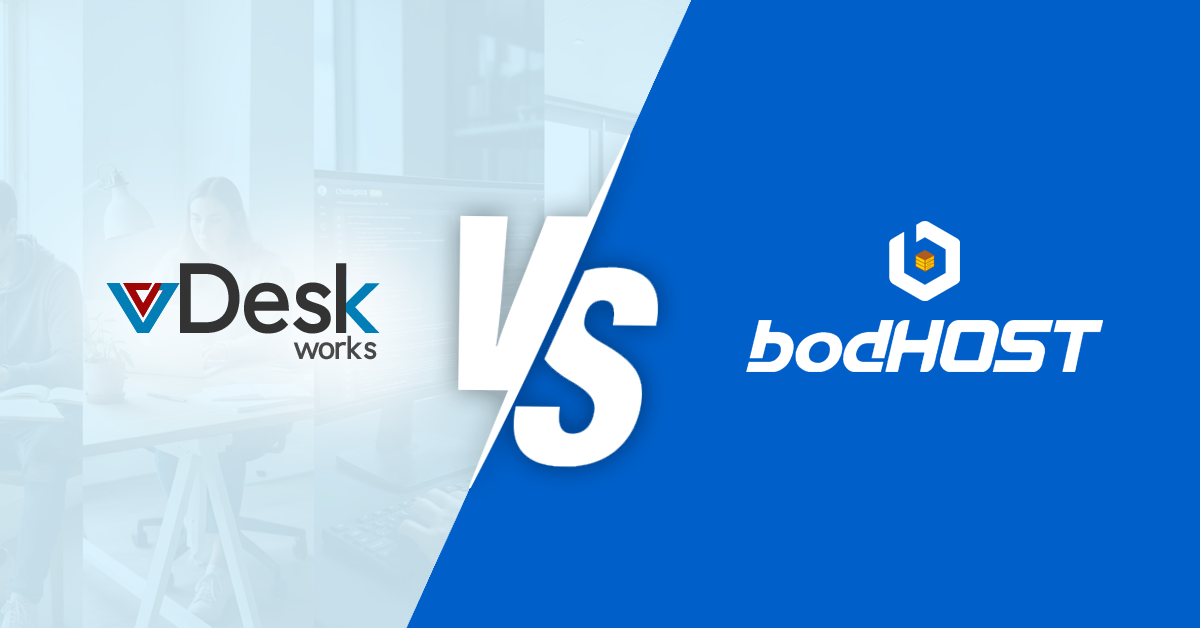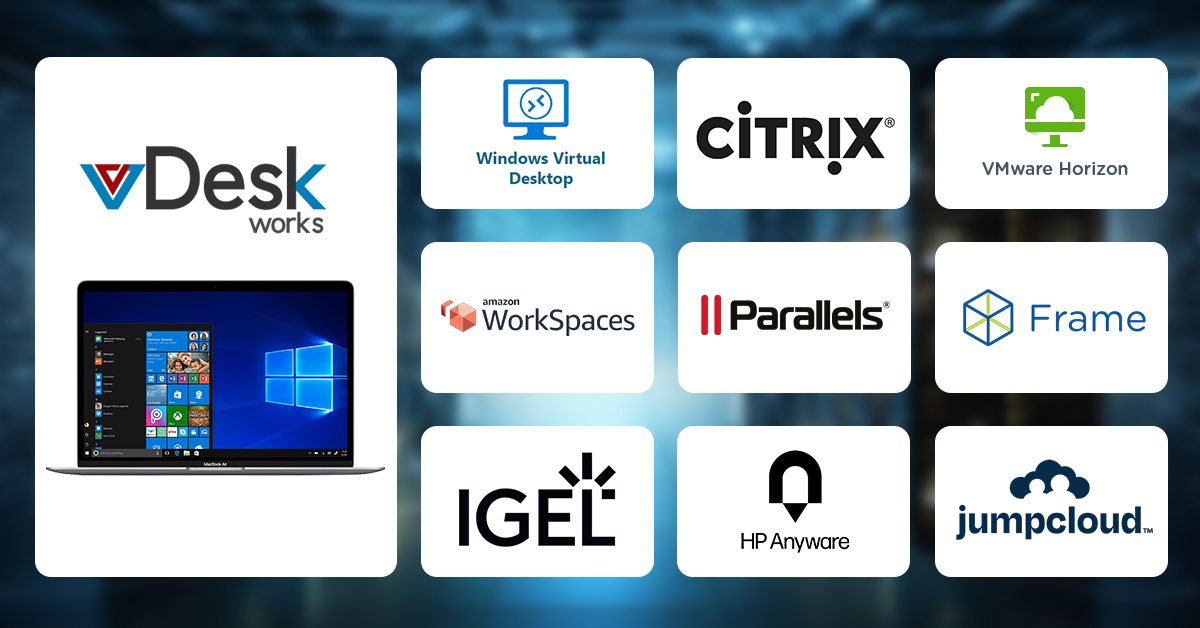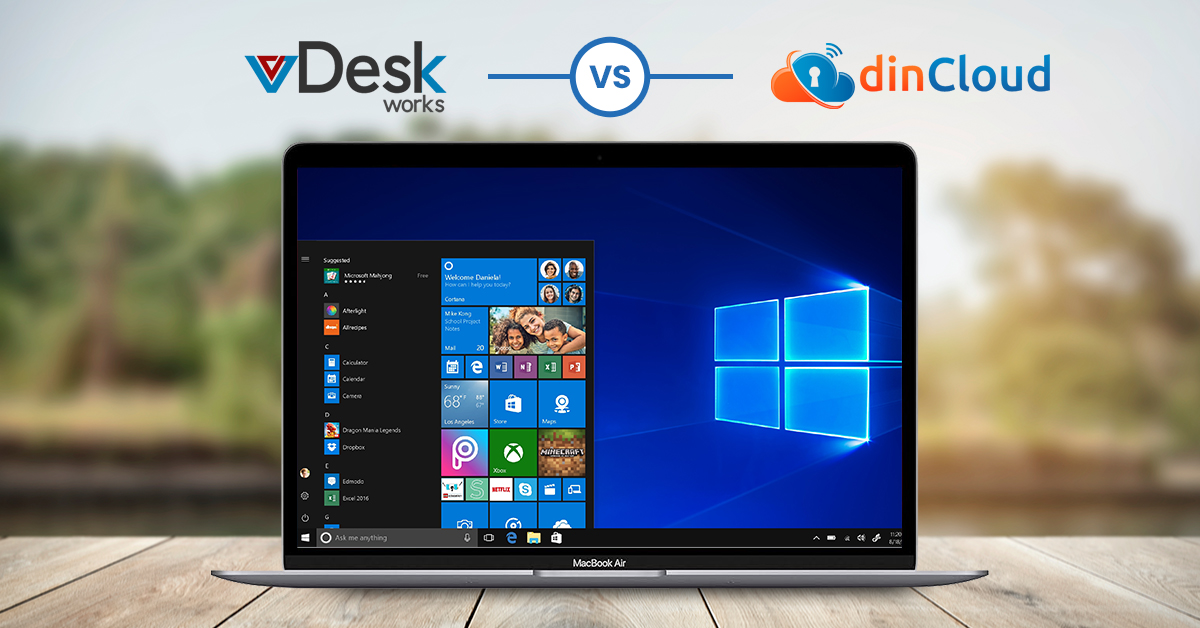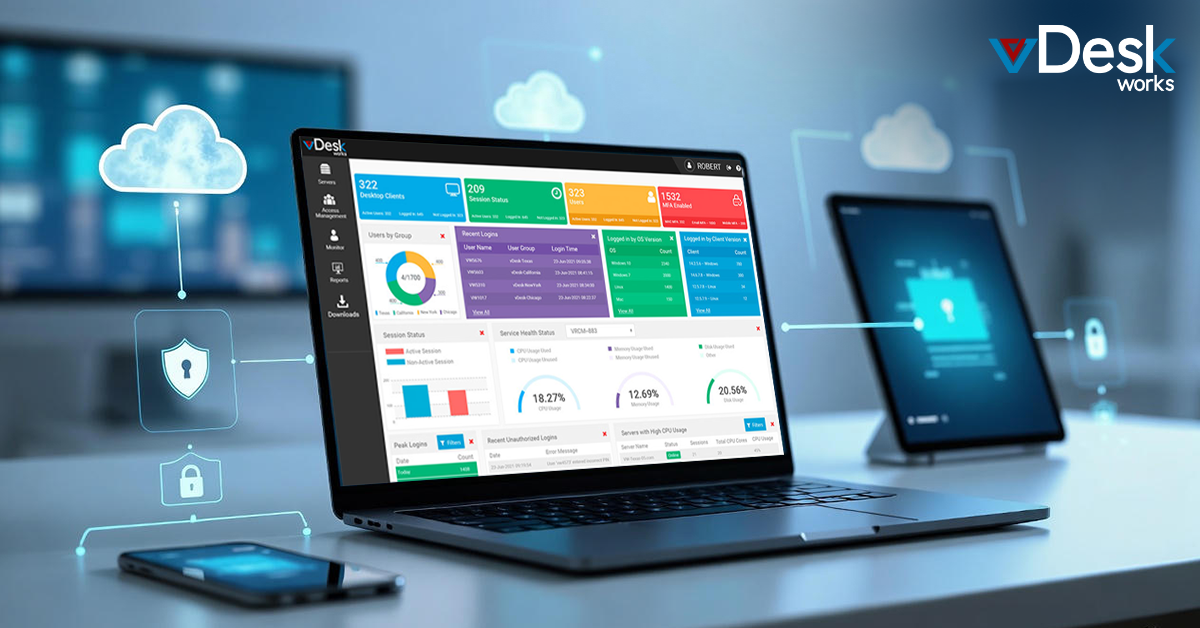In the new normal, the near-ubiquitous presence of powerful laptops and reliable broadband has enabled an ever-growing remote workforce. This trend increased as the COVID-19 pandemic forced companies to have their employees work from home. Even as many businesses have returned to the office, other companies have allowed their employees to continue to work remotely.
While this shift has been underway for years, it has usually been limited to small numbers of employees in certain roles. Now, the need for a more robust solution is evident, with whole teams and companies deciding to continue to work remotely.
Enter virtual desktops.
Virtual Desktops Explained
A virtual desktop is a computer that can be accessed from any device. It's like a regular desktop PC, but instead of having its own physical hardware, it runs on a "virtual machine" (VM) that shares resources with other VMs on the same server.
You can think of it as a computer within a computer. The "outer" computer is the server that hosts the VMs, while the "inner" computers are the VMs themselves.
Why are Virtual Desktops the Best for Remote Teams?
The beauty of virtual desktops is that they can be accessed from anywhere with an internet connection. This makes them perfect for remote working, as employees can connect to their desktops from any location.
1. Increased Flexibility
One of the biggest benefits of virtual desktops is the increased flexibility they offer. With a physical desktop, you're tied to a single location. You can take your laptop with you when you travel, but it's not the same as having a full-fledged desktop computer at your disposal.
With a virtual desktop, on the other hand, you can access your computer from anywhere. As long as you have an internet connection, you can connect to your desktop and pick up right where you left off.
2. Improved Security
Another big advantage of virtual desktops is the improved security they offer. When your desktop is physically located in your office, it's vulnerable to theft, damage, and data breaches. Someone who breaks into your office could access your computer and steal sensitive information. However, your data is stored in a secure data center with a virtual desktop. Your data will be safe even if your office is broken into.
3. Reduced Costs
Virtual desktops can also help you save money. You have to pay for the hardware, software, and maintenance with a physical desktop. You also have to pay someone to set it up and keep it running. With a virtual desktop, you can avoid all of these costs. You'll still have to pay for the software and maintenance, but you won't have to pay for the hardware or set-up. This can help you save money, especially if you have a large team.
4. Increased Productivity
Virtual desktops can also help you boost your productivity. With a physical desktop, you're limited to a single location, usually your office or your home. With a virtual desktop, you can access your computer from anywhere. This gives you the flexibility to work from wherever you want, whether it's a coffee shop, the library, the airport, or your couch.
5. Increased Collaboration
Virtual desktops can also help you improve collaboration. With a physical desktop, it can be difficult to share files and work on projects together. You have to either email files back and forth or physically transfer them. However, with a virtual desktop, you can easily share files and work on projects together in real time.
The Next 5 Years for Virtual Desktops
The next five years are going to be big for virtual desktops. Here are a few things we can expect to see:
1. More Companies Adopting Virtual Desktops
As more and more companies embrace remote working, we'll see more and more of them adopting virtual desktops. This trend is already underway, and it will only accelerate in the coming years.
2. More Sophisticated Hardware
One of the biggest limitations of virtual desktops is the hardware. Today's virtual desktop hardware is good, but it's not great. This will change as hardware manufacturers release more sophisticated virtual desktop hardware in the next few years.
3. More Flexible Pricing Models
Right now, pricing for virtual desktops is relatively inflexible. You usually have to pay a monthly fee, regardless of how much you use it. In the future, we'll see more flexible pricing models that allow you to pay for what you use.
4. More Intuitive Interfaces
Virtual desktop interfaces have come a long way in recent years, but they're still not as intuitive as they could be. This will change in the next few years as virtual desktop interfaces become more and more user-friendly.
5. More Advanced Features
Virtual desktop providers will continue to add new features in the next few years. We'll see features like built-in artificial intelligence, better support for 4K displays, and more.
Virtual desktops offer a lot of advantages over traditional physical desktops. They're more secure, more flexible, and more cost-effective. In the next few years, we'll see more companies adopt them and more sophisticated hardware and features. It's an exciting time to be a virtual desktop user!
vDesk.works' virtual desktop solutions are customizable and allow you to use the tools that you're already comfortable with. We also provide 24/7 support so that you can focus on your work and not worry about technical issues. Contact us today to learn more!


 Emma Carson
Emma Carson
















